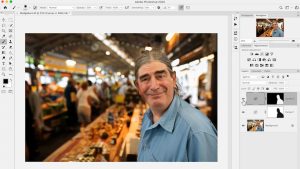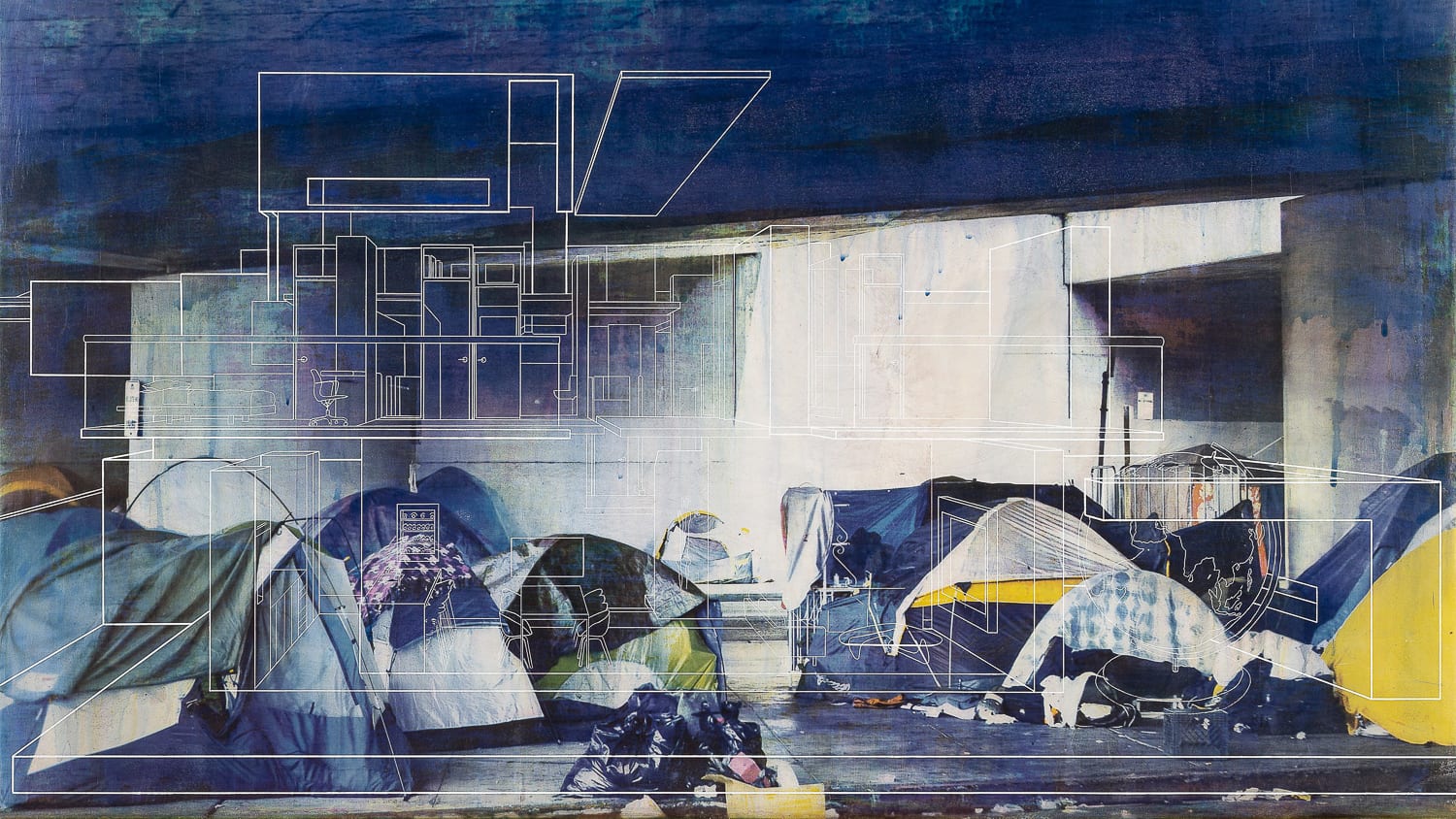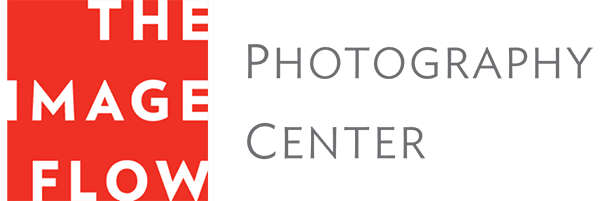

As you may already know, The Image Flow recently held a call for submissions to our brand new Artist in Residence program, with the goal of providing our equipment and resources to assist a photographic artist with the creation of their personal work. With the institution of this program, we are proud to show our continued support to the photography community as a whole.
Having received a great many outstanding applicants with some incredibly original work, the selection process was difficult, to say the least. The quality, media choices, and concepts presented by the wide variety of artist applicants were certainly inspiring to see.
After careful deliberation, we are very excited to announce that instead of choosing just a single artist as originally planned, we will have the pleasure of hosting two exceptional artists creating very different work from one another, who we believe will benefit greatly from the use of our traditional and alternative darkroom facilities.
The recipients of our 2018 Artist in Residence program are Francis Baker and Sarah Rose Weitzman; read on to learn more about each artist, their unique work, and their creative processes.
Francis Baker is an artist living and working in Oakland, CA whose latest body of work titled “home sick” combines elements of activism, advocacy, and antique photographic processes (primarily gum bichromate). These themes and techniques combine to produce potent images of consumption, poverty, and social injustice through Baker’s unique viewpoint.
The topics of Baker’s creative investigations also cross over into his personal life, in the form of volunteer work. He gives back to the community by volunteering with the Lava Mae organization, which helps provide mobile showers and hygiene services to the homeless in San Francisco and Oakland.
From Baker’s artist statement:
“This body of work, ‘home sick,’ is inspired by inequality in our society manifesting as homelessness. There are so many factors at play. Racism, poverty and social injustice commingle creating a local humanitarian crisis. This wealth and privilege disparity, here at home in America, compels me to action. The series title, ‘home sick,’ comes from the feeling of something lost, something not quite attained, the desire to create or recreate some amorphous idea that we call home. Childhood fantasy of home mixed with the realities of the way we exist, strive to exist and box others into an existence are all at play. With the works ‘American Homes,’ I am working to collapse the privilege/poverty imbalance into one picture plane. By overlaying the schematic of a child’s dollhouse onto images taken from Oakland’s homeless encampments I meditate on romanticized forms versus cold hard reality. The doll house is an idealized structure and plaything that helps form the basis of future thoughts and desires.
I create my works using a historic photographic process called gum bichromate. The process was first used in 1858. Two years later the civil war started. While the technology of photography has progressed, our society’s social equality has not caught up. Through advancing technology, we have created new and faster ways to share our lives, but it seems much of humanity is just swiped or scrolled through faster, as well. I am creating these images in a slow, handmade, and mostly analog method. From a digital camera capture, the images are run through photoshop and printed as RGBK contact negatives. Watercolor pigments are used in the gum bichromate photographic emulsion. I print the images on a traditionally gessoed panel, which uses rabbit skin glue and marble dust. I leave in brush marks from the application of gesso, scratch and etch into the surface, and include cracks and drips. This creates one-of-a- kind photographic works that emphasize the material nature of photography.” – Francis Baker
During his time as Artist in Resident, Baker plans to work on variations of the “American Homes” images using new blueprints and schematics from an architect friend of his, as well as create a temporary shelter as an installation piece incorporating photographs and blueprints.
See more on his website Francis Baker and follow him on Instagram @francis_baker_studio
“My work focuses on revealing the invisible through transformative photography techniques. The camera is a durable device we use for art and documentation purposes. For my work specifically, the camera is a mechanism for capturing that which is invisible — the various techniques and methods allow the camera to reveal hidden knowledge, invisible to the naked human eye. The techniques of still-images, varied light sources, digital documentation and video are used throughout my work.
The ‘revealing the invisible’ concept grows out of my own struggles as a person with disabilities. Being born hard-of-hearing and eventually becoming deaf, I grew up in a society where exposing this ‘hidden’ knowledge of being disabled and advocating for my rights was, and still is, difficult. People could not see my disability but more importantly, could not understand. This misunderstanding made it difficult to access the accommodations that were necessary to thrive in a hearing-only environment.” – Sarah Rose Weitzman
During her time as Artist in Resident, Weitzman aims to continue her work on darkroom photograms, using new light sources and combining traditional film photography with translucent items to produce a hybrid photogram/photograph process.
See more on her website Sarah Rose Weitzman and follow her on Instagram @s_rose_weitzman

